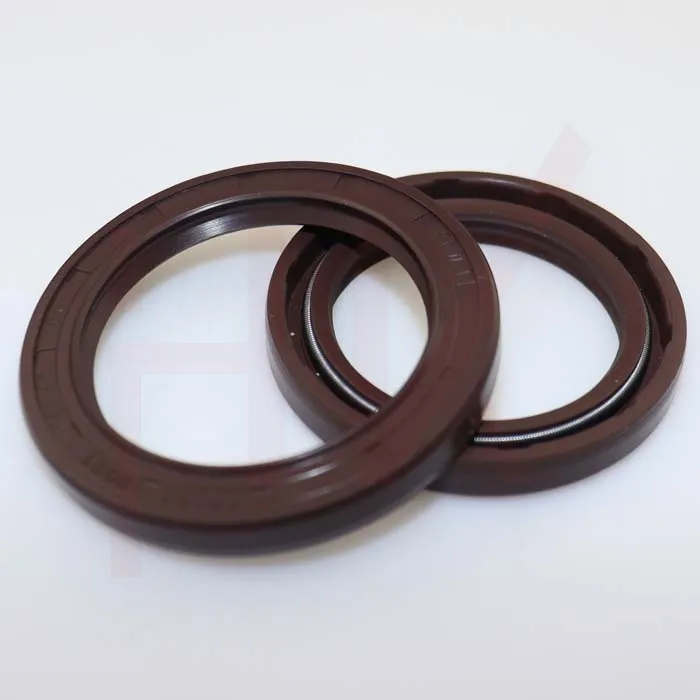Nov . 01, 2024 07:35 Back to list
Understanding Wiper Rod Seal Functionality and Maintenance Tips for Optimal Performance
Understanding Wiper Rod Seals Function and Importance
Wiper rod seals are essential components commonly used in hydraulic and pneumatic systems, especially in equipment that involves the movement of rods through seals. These seals are designed to prevent the leakage of fluids and contaminants, ensuring efficient and reliable operation of machinery.
Function of Wiper Rod Seals
The primary function of wiper rod seals is to act as a barrier between the outside environment and the internal components of hydraulic or pneumatic cylinders. They are situated at the outer edge of a cylinder, where the rod exits. As the rod moves in and out, the wiper seal effectively “wipes” the rod's surface, removing debris, dust, and moisture that could potentially contaminate the system. This is crucial in maintaining the integrity of hydraulic fluids and preventing wear and tear on the machinery.
Wiper seals also serve to prevent external contaminants from entering the hydraulic system, which can lead to system failure or inefficiencies. By keeping dirt, debris, and moisture out, wiper seals help ensure the longevity and reliability of the equipment, ultimately reducing maintenance costs and downtime.
Materials Used
Wiper rod seals are made from various materials, including rubber, polyurethane, and PTFE (Polytetrafluoroethylene). The choice of material depends largely on the working environment and the type of fluids the seal will encounter. For instance, in high-temperature environments, materials that can withstand heat without degrading are preferred. Similarly, in applications involving aggressive chemicals, seals made from resistant materials will be necessary to prevent deterioration.
Design and Types
wiper rod seal

Wiper rod seals come in various designs, including single-lip and double-lip configurations. The single-lip design is simpler and is often used in applications where the likelihood of ingress of contaminants is lower. In contrast, double-lip designs provide a more effective seal and are utilized in harsher conditions where greater protection is needed.
The design of the wiper seal also impacts its performance. Features such as groove shapes, dimensions, and preload are integral to achieving the right balance between flexibility and durability. Proper design ensures minimal drag during rod movement while maintaining a tight seal against contaminants.
Maintenance and Replacement
To ensure optimal performance, regular maintenance of wiper rod seals is vital. Inspections should be conducted to check for wear, cracks, or signs of deterioration. If any signs of damage are detected, timely replacement is necessary to avoid further issues in the hydraulic system.
Ignoring damaged wiper seals can lead to excessive contamination, ultimately affecting the performance of the entire system. Regular maintenance not only enhances the lifespan of the seals but also contributes to the overall efficiency and reliability of the machinery.
Conclusion
Wiper rod seals may seem like a small component in the grand scheme of machinery, but their role is crucial in ensuring efficient, reliable operation. By preventing contamination and protecting the integrity of hydraulic systems, these seals contribute significantly to maintenance savings and operational effectiveness. Understanding their function, material selection, and importance in regular maintenance can enhance the overall performance of various industrial applications.
-
TCN Oil Seal Metal Ring Reinforcement for Heavy Machinery
NewsJul.25,2025
-
Rotary Lip Seal Spring-Loaded Design for High-Speed Applications
NewsJul.25,2025
-
Hydraulic Cylinder Seals Polyurethane Material for High-Impact Jobs
NewsJul.25,2025
-
High Pressure Oil Seal Polyurethane Coating Wear Resistance
NewsJul.25,2025
-
Dust Proof Seal Double Lip Design for Construction Equipment
NewsJul.25,2025
-
Hub Seal Polyurethane Wear Resistance in Agricultural Vehicles
NewsJul.25,2025
-
The Trans-formative Journey of Wheel Hub Oil Seals
NewsJun.06,2025
Products categories
















